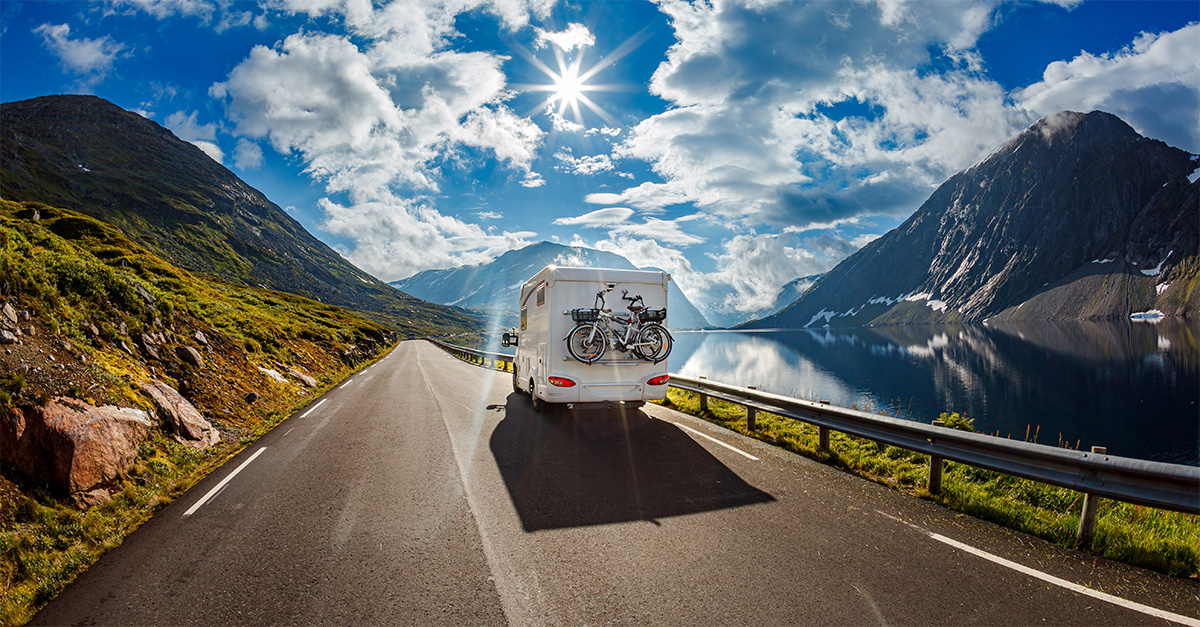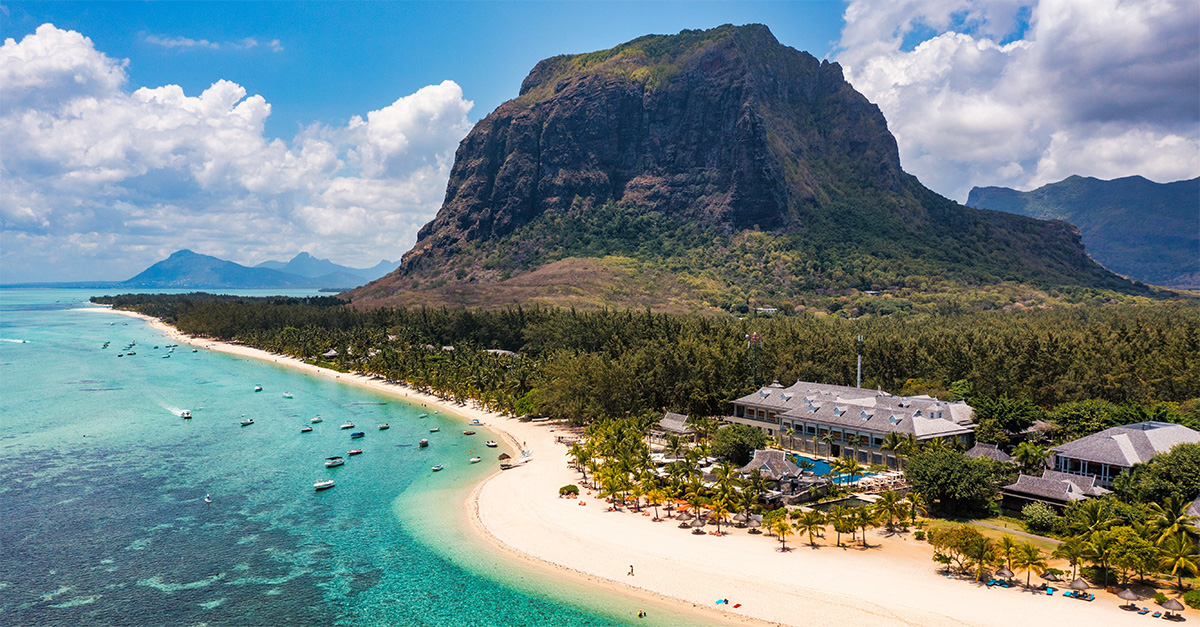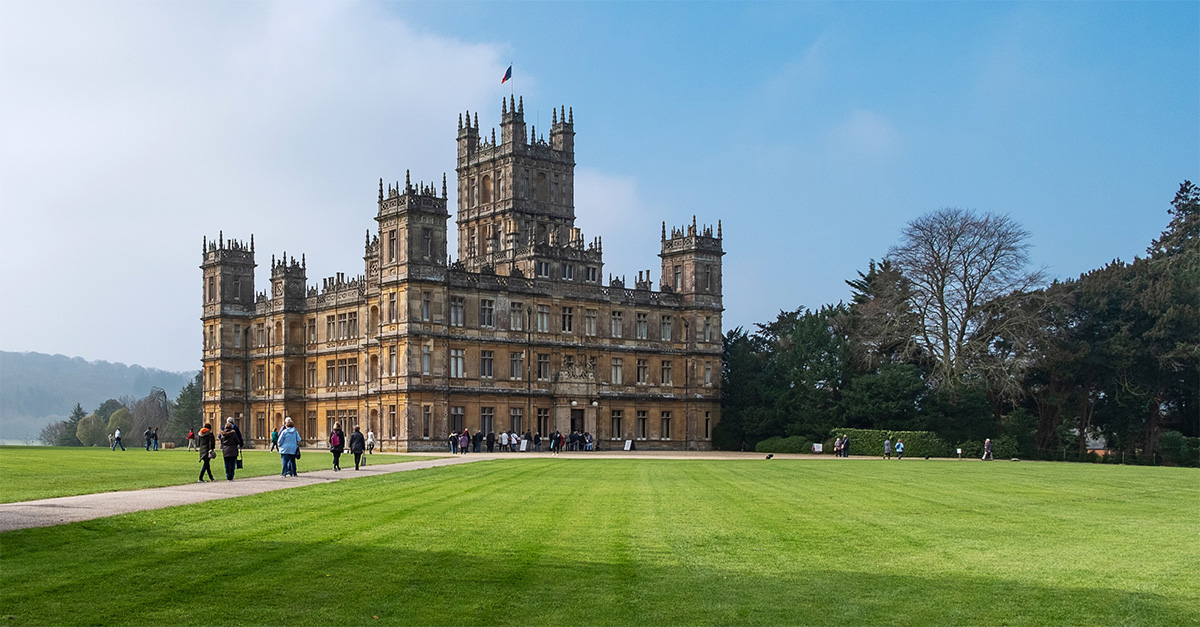Day one: City life
Delhi is a city steeped in history and has an array of tombs and monuments. The ghat where Mahatma Gandhi was cremated after his assassination can be found on the banks of the Yamuna River in the north of the city, as can the Red Fort, which acted as headquarters for the British Indian Army before India’s independence 60 years ago.But Delhi’s real charm lies in its everyday experiences. Whether it’s haggling with rickshaw drivers, stopping for steamed dumplings on the side of the road, or choking your way round Old Delhi’s spectacular spice market ablaze with piles of red chilli, golden turmeric and dust-brown masala, Delhi is sure to have an impact on your senses.
Best bits: The stunning Baha’i Lotus Temple; perusing (and haggling for) handicraft items at the Dilli Haat market; wandering through any of Delhi’s green, and surprisingly cool, parks.
Staying for longer? Explore the new bars and restaurants that have popped up around the city in recent years, particularly those in Vasant Vihar district and GK1.
Day two: Go spiritual
Leave the bustle of Delhi for Haridwar further north, one of India’s holiest cities, located on the banks of the Ganges. It is said to be one of four spots in India where the Hindu god Vishnu dropped some divine nectar, and pilgrims from all over the country come here to wash away their sins in the river. The water’s not the cleanest so if you’re tempted, it’s best to wait until you visit Rishikesh.You mustn’t miss the River Worship ceremony, performed every night at Har-ki-Pairi Ghat. Flaming offerings, chants, beating drums and ringing bells can put you into quite a trance.
Best bits: The peanut-pinching monkeys on the walk up to the Mansa Devi temple; strolling, hassle-free, through the city streets to buy some of its famous Ayurvedic medicines.
Staying for longer? Book a stay in an ashram to meditate and learn yoga from authentic Indian yogis. Shantikunj ashram is particularly wothy of a visit
Day three: Take a dip
Rishikesh was made famous by The Beatles who stayed in an ashram here in 1968. Although they eventually became disillusioned by what they thought was a mercenary yogi, it’s a trip worth making. There’s still a chilled-out, hippy feel to the place, and the Ganges is clean enough here to partake in the traditional dunking without worrying about becoming ill.Some riverbanks are also very beach-like, making it a great spot to throw down a towel and do very little. But if you want to be active, there are treks and river-rafting experiences with Red Chilli Adventure, and some great shops and cafes selling trinkets and decent baked goods.
Best bits: The view across Lakshman Bridge to the massive Hindu temples balancing on the riverbank; playing the sitar at The German Bakery.
 Staying for longer? Hire a scooter for around £3 a day and explore the forested lanes away from the central tourist hub.
Staying for longer? Hire a scooter for around £3 a day and explore the forested lanes away from the central tourist hub.Day 4: Cool retreat
Shimla has become a cool refuge from the sweltering summer heat in India for tourists and locals. Being close to the Himalayas, winter brings snow, so remember your woollies if you are travelling between December and March.While most people come to Shimla simply to relax, you shouldn’t miss the opportunity for a spot of hiking. The rolling hills and icy clear air give spectacular views of the Himalayas. There are also tours available of the surrounding area from the state tourist department.
Best bits: The rickety train ride winding up to Shimla; warm wine on a cold night.
Staying for longer? Visit Tattapani and enjoy the scenery, along with its famous sulphur springs.
Day 5: Tiger trail
Not far from both Rishikesh and Haridwar, the Rajaji National Park gives you the best opportunity in the area to do some tiger hunting. Safaris can be arranged in Chilla, a village within the park, and can be done on elephant-back or in the more traditional jeep. While the closest you may get to a tiger is having a wind-swept footprint in the dust pointed out to you by your guide, the park also contains wild elephants, bears, deer and various large bird species such as eagles and vultures.Best bits: Seeing herds of elephants lope through the morning mist to their breakfast; drinking sweet chai in the evening as the fireflies begin their nightly courting sessions.
Staying for longer? Visit the local tribe of Gujjar buffalo herders to watch milking and cheese-making.
Day 6: Agra daytrip
 If any spectacle around the world lives up to its hype, it’s the Taj Mahal. The Taj is a 350-year-old mausoleum built by Emporer Shah to house his wife’s body after she died giving birth. You should go twice – once in the morning through the front entrance where the rising sun reflects off the marble, creating a kaleidoscope of colour, and again in the evening round the back, where the setting sun and reflection in the river set a romantic scene.
If any spectacle around the world lives up to its hype, it’s the Taj Mahal. The Taj is a 350-year-old mausoleum built by Emporer Shah to house his wife’s body after she died giving birth. You should go twice – once in the morning through the front entrance where the rising sun reflects off the marble, creating a kaleidoscope of colour, and again in the evening round the back, where the setting sun and reflection in the river set a romantic scene. In between, explore the rest of Agra, which is kept very clean to control pollution.
Best bits: Battling with cars, cows, rickshaws and buses on the Yamuna bridge; the view of the Taj Mahal from Agra fort.
Staying for longer? Hire a rickshaw for a couple of days (about £10) and explore Agra Fort, the Baby Taj and Akbar’s mausoleum.
Day 7: Constructive advice
Jaipur’s royal occupiers of the 17th and 18th centuries turned this once drab city into one of the architectural wonders of old India. Today, the forts, palaces and other constructions still captivate.The snake charmers, semi-naked sadhus and salespeople plying their trades along the streets and alleyways add character – and a little chaos – to this colourful city. It’s a place to wander through slowly, taking in the sights and sounds. Don’t miss the Jantar Mantar, a 380-year old observatory.
Best bits: People-watching from the top of Hawa Mahal (the Wind Palace); dinner at the top of the Om Revolving Restaurant; the half-naked, clay-painted sadhus.




